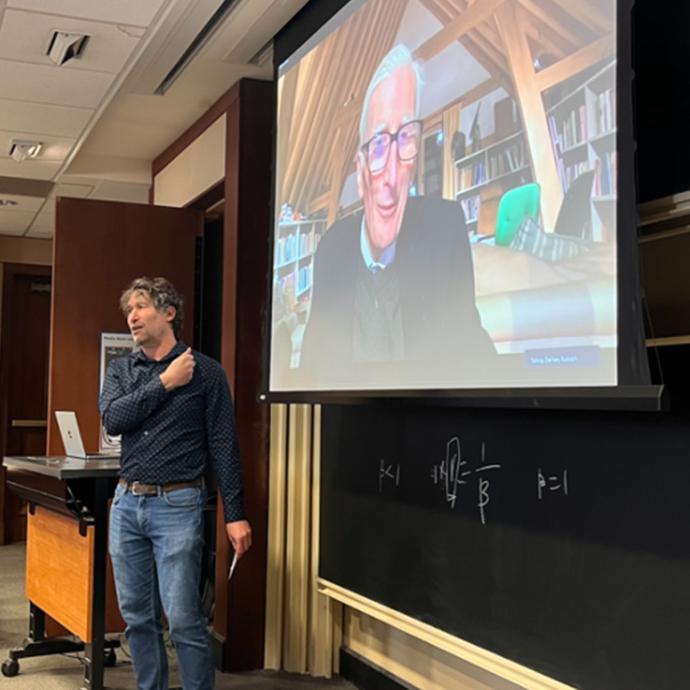Water forms droplets because attractive interactions between molecules produce surface tension. If macroscopic objects-say, grains of sand-replace the molecules, the relative strength of this attraction would dramatically drop. What vestiges of liquid behavior remain when surface tension limits are so low?
Physicists seeking to answer this question have, for the first time, measured the nanoscale forces that cause droplet formation in a falling stream of tiny glass beads. John Royer, a graduate student in physics at the University of Chicago, devised a special apparatus for an $80,000 high-speed camera to image the rapidly changing behavior of the streaming sand, much as a skydiver might photograph a fellow jumper in free fall. Royer and his colleagues also measured grain-to-grain interactions directly with an atomic force microscope. They report in the journal Nature that the surface tension in this granular liquid is as much as 100,000 times smaller than that found in ordinary liquids.
Citation: "High-Speed Tracking of Rupture and Clustering in Freely Falling Granular Streams," Nature, June 25, 2009, by John R. Royer, Daniel J. Evans, Loreto O. G'alvez, Quiti Guo, Eliot Kapit, Matthias E. M"obius, Scott R. Waitukaitis and Heinrich M. Jaeger, of the James Franck Institute and Department of Physics, University of Chicago
Funding: National Science Foundation










 —Prof. Chuan He
—Prof. Chuan He
